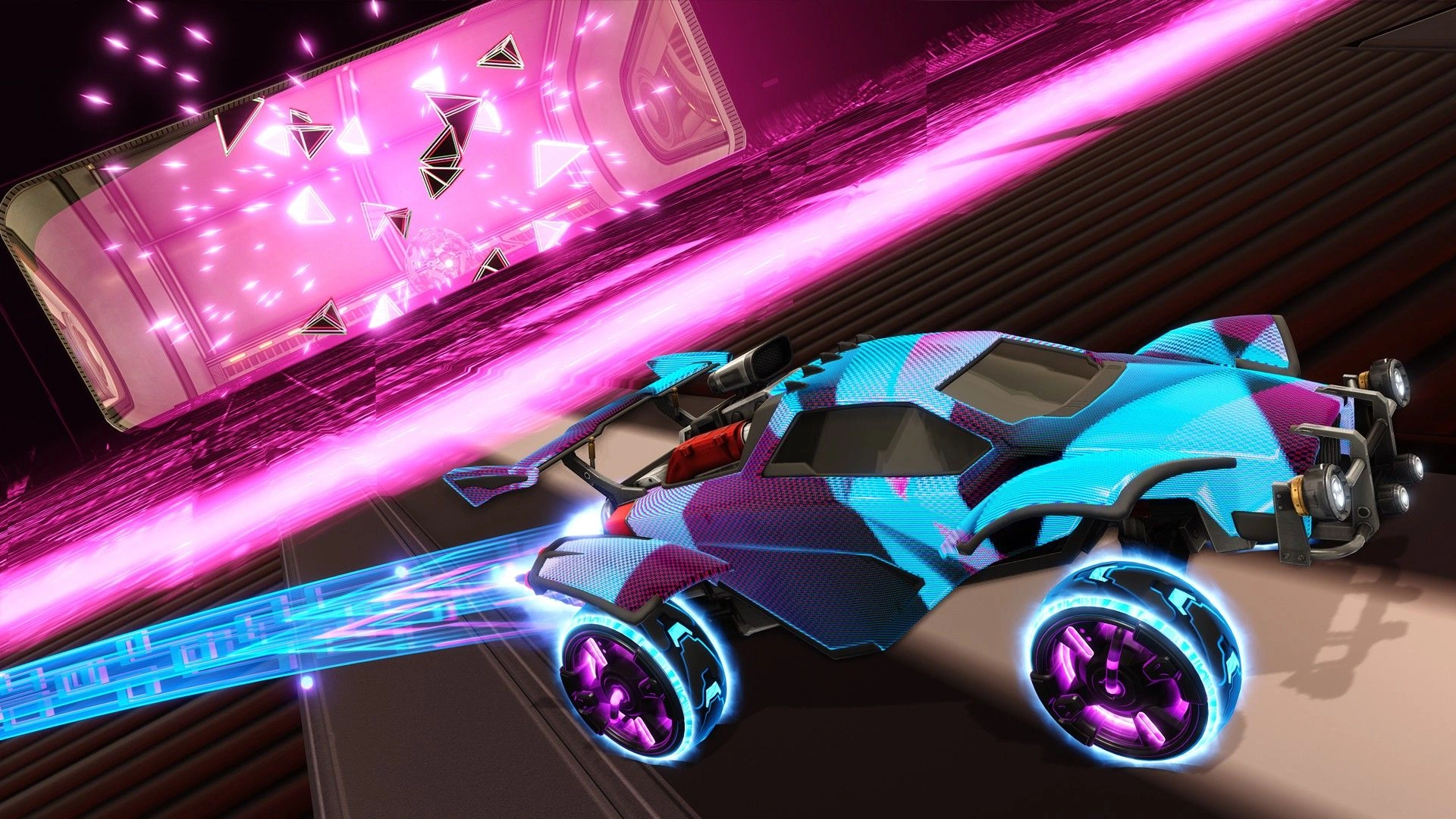On Neon Divide, motion is the only language that matters. The track doesn't scan your speed—it memorizes your rhythm, decodes your drift timing, and learns your turning bias. You’re not just racing opponents—you’re escaping recognition in a circuit that sees patterns like a hunter sees weakness. There's no engine noise loud enough to hide from that.
Every boost leaves a signature. Every brake flick registers on heat-tracking overlays. The lights don’t just illuminate—they track. If you repeat a line twice, the system adjusts. If you slow down, it closes in. This isn’t about stealth—it’s about moving so fast the algorithm can’t hold you.
There are no corners to camp in. No shadows to hide behind. Just velocity, momentum, and perfect misdirection. The moment you’re predictable, you’re already marked. So don’t be seen. Be motion. Be noise. Be gone before the system can react.
Every split-second decision pulls you deeper into Neon Divide’s unstable loop—where only reflex and fluidity keep you from being hard-reset by a system that monitors every lap like a hostile firewall. Some sectors require total focus—threading through sensor-cluttered lanes, dodging memory-locked zones that punish repetition. Others descend into chaos, where data storms obscure vision, track segments shift mid-drift, and dormant mechanics spark to life if you hesitate for even a frame.
You will spin out. You will overshoot. You’ll feel your instinct battle calculation as the track compresses space, reroutes boost pads, and predicts your next move before you do. One second, you’re light—a blur in the glare of a neon spine. The next, you’re airborne, flung into reactive geometry that was flat milliseconds ago.
Control isn’t granted. It’s stolen—maintained through override after override. The walls aren’t scenery; they’re adaptive memory. Every surface tracks, every curve remembers. This circuit doesn’t wait for failure—it scripts it. Every glitch, every delay, every repeat line feeds the loop more data. And it always wants more.
There are no fixed paths. No rhythm to rely on. No margin for casual play. But if you press through—if each reset becomes precision, each crash becomes calibration—you might push farther than most. Not to dominate the lap, but to carve your trace so deep even the system can’t clean it. Because Neon Divide doesn’t reward winners. It remembers survivors.
- 🔹 High-speed gauntlets engineered to disrupt timing, break flow, and overwhelm input memory
- 🔹 Visual interference and phantom racers designed to distort perception and bait missteps
- 🔹 Predictive AI that analyzes your racing patterns and mutates the route in response
- 🔹 Algorithmic traps that rewrite the track mid-run, forcing constant adaptation
“The track logs everything. Even burned tires leave data.”— Pulled from wreck telemetry, Neon Sector 4B
Cross the threshold into a circuit shaped by corrupted routines and decaying speed logic. There are no cameras—only silent telemetry feeds watching for the moment you break pace. Stillness is a flag. Movement is a trigger. Inside Neon Divide, you’re not a driver—you’re a waveform in motion, a problem the system hasn't solved yet. And every decision, every acceleration, every razor-cut drift is a declaration: not of victory, but of defiance. Stay fluid… or be locked in loop forever.
